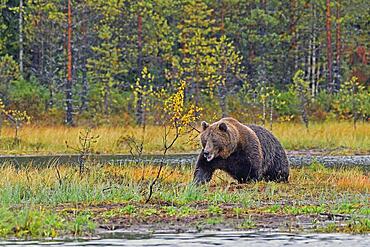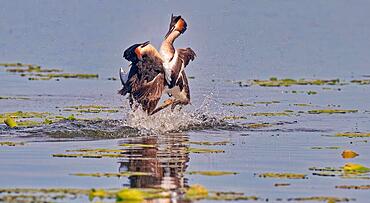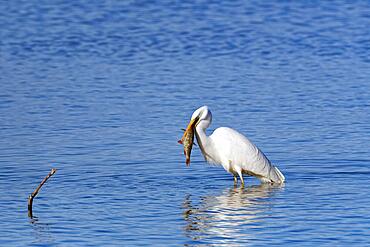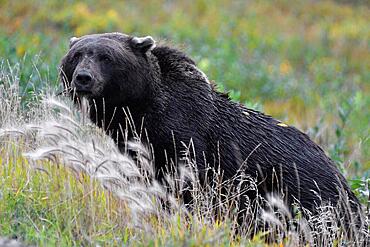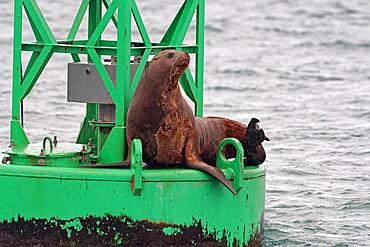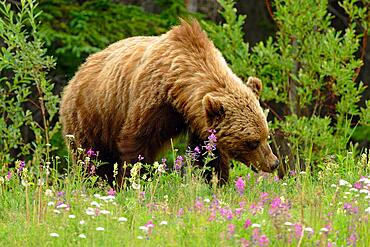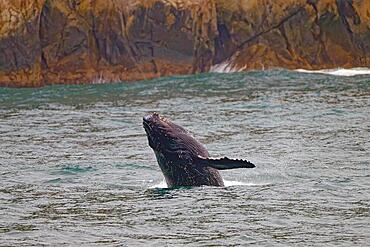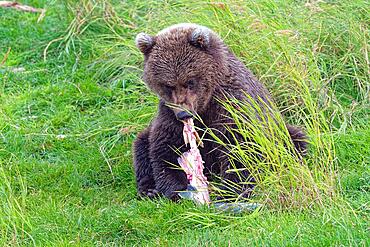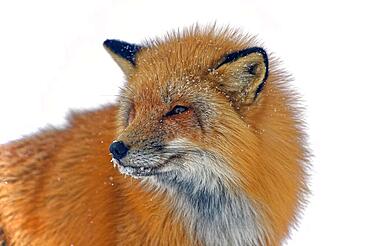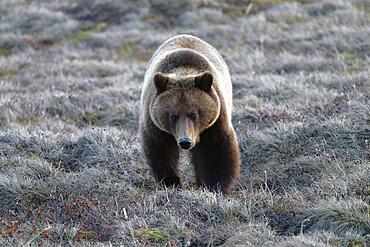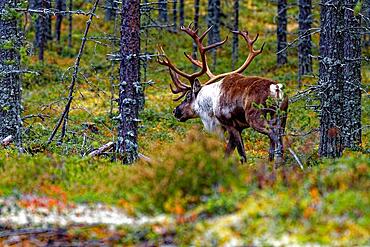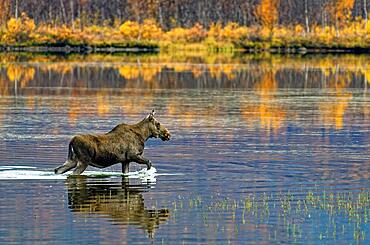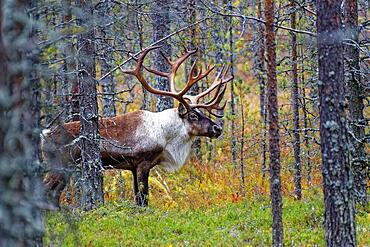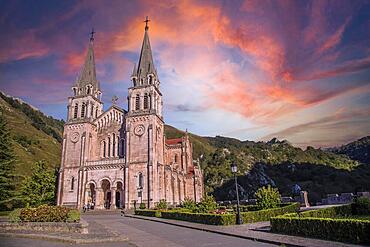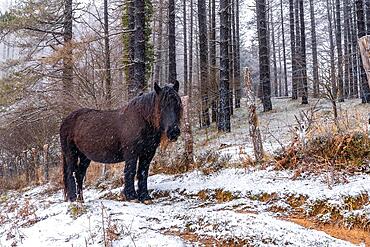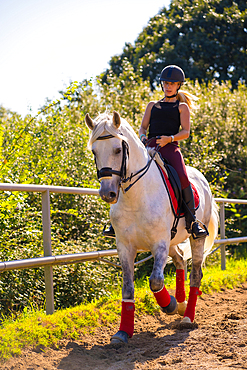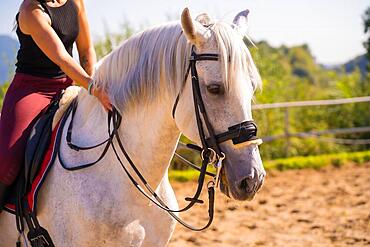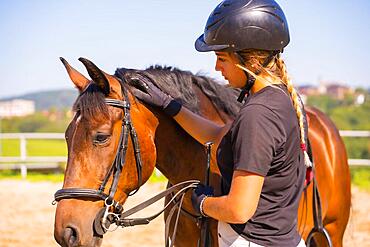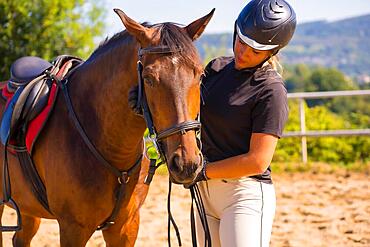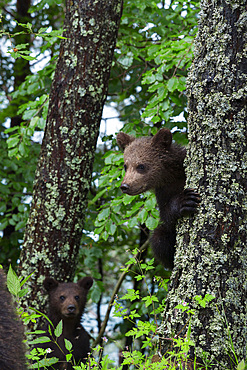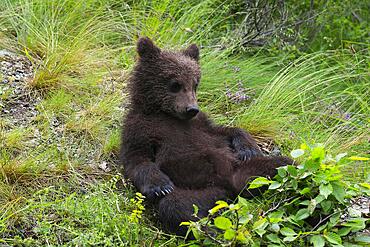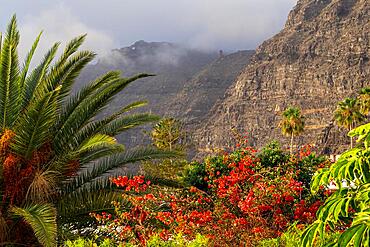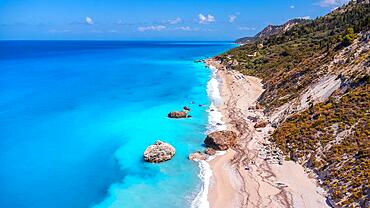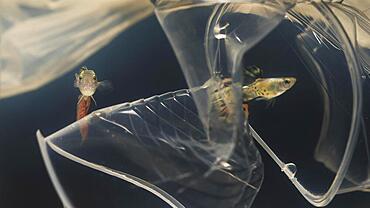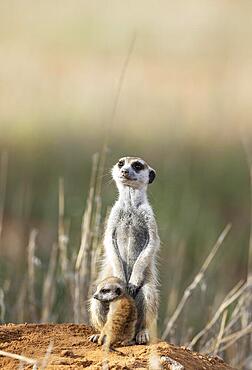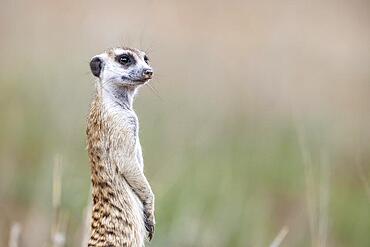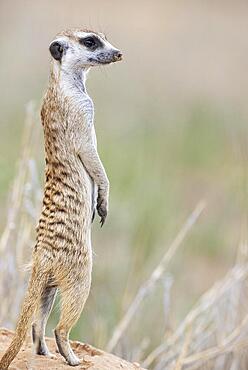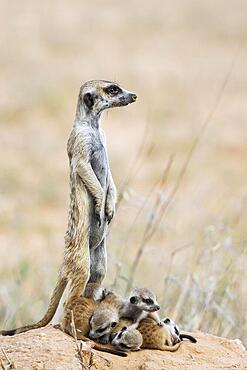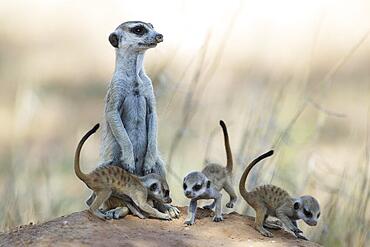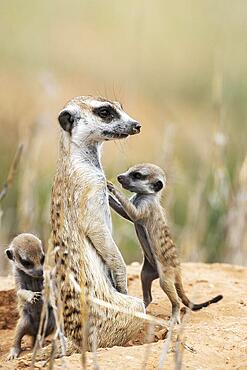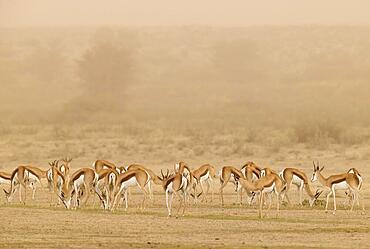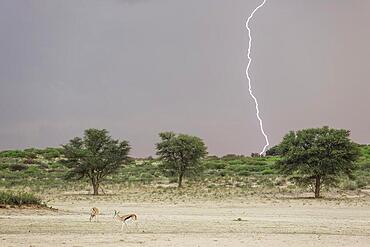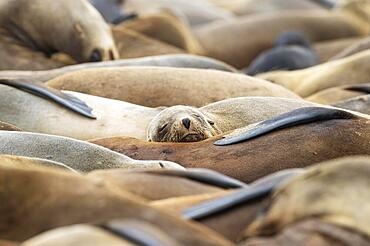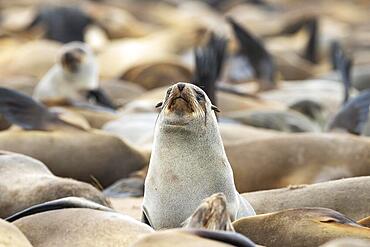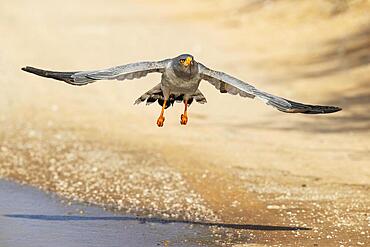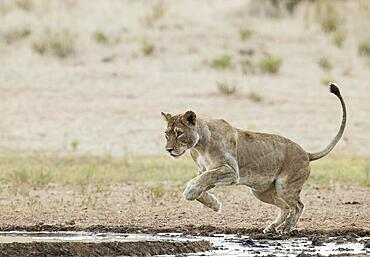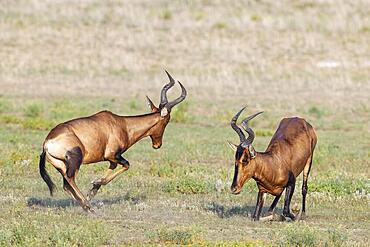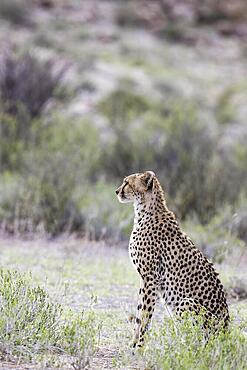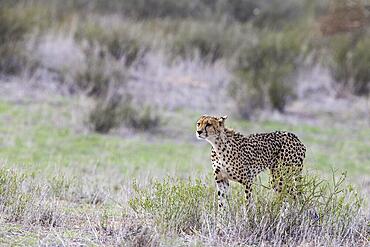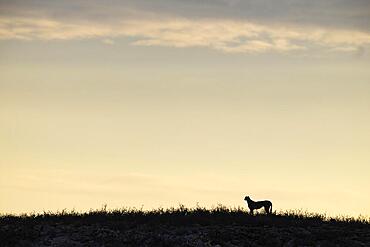Recent searches
Loading...
743-967 - Cheetah (Acinonyx jubatus) cub, Kgalagadi Transfrontier Park, South Africa, Africa
743-964 - Warthog (Phacochoerus aethiopicus), with redbilled oxpeckers, Hluhluwe-Imfolozi Park, KwaZulu-Natal, South Africa, Africa
743-963 - White rhino (Ceratotherium simum), Mkhuze game reserve, Kwazulu Natal, South Africa, Africa
743-961 - White rhino (Ceratotherium simum) running alongside waterhole, Mkhuze game reserve, KwaZulu Natal South Africa, Africa
743-934 - Swallowtailed bee-eater (Merops hirundineus), Kgalagadi Transfrontier Park, South Africa, Africa
743-929 - Tawny eagle (Aquila rapax) in flight, Kgalagadi Transfrontier Park, South Africa, Africa
743-925 - Karoo girdled lizard (Cordylus polyzonus), Namaqua coast, Northern Cape, South Africa, Africa
743-914 - White rhino (Ceratotherium simum), Mkhuze game reserve, Kwazulu Natal, South Africa, Africa
743-906 - African wild dogs (Lycaon pictus), Kruger National Park, South Africa, Africa
743-905 - Lion (Panthera leo), Kgalagadi Transfrontier Park, Northern Cape, South Africa, Africa
743-893 - Ground agama (Agama aculeata), Kgalagadi Transfrontier Park, South Africa, Africa
832-404495 - European brown bear (Ursus arctos) walking through swampy terrain, autumn, rear taiga, northern Finland, Finland, Europe
832-404494 - Two great crested grebe (Podiceps cristatus) in combat, in splendour, Chiemsee, Upper Bavaria, Bavaria, Germany, Europe
832-404492 - Great egret (Ardea alba) standing in the water, devouring a pike, Chiemsee, Upper Bavaria, Bavaria, Germany, Europe
832-404491 - Brown bear (Ursus arctos), grizzly lying in the grass, dark colouring, North Yukon, Yukon Territory, Canada, North America
832-404489 - Steller sea lion (Eumetopias jubatus) sitting on buoy in Valdez Harbour, Southeast Alaska, Alaska, USA, North America
832-404488 - Brown bear (Ursus arctos), grizzly eating grass and flowers, light colouring, Yukon Territory, Canada, North America
832-404487 - Humpback whale (Megaptera novaeangliae) up to the pectoral fin above the water surface, rocky coastline behind, Kenai Fjords National Park, Alaska, USA, North America
832-404486 - Two young cross foxes (Vulpes vulpes) sitting on the burrow, North Alaska, Alaska, USA, North America
832-404485 - Brown bear (Ursus arctos), grizzly young on the coast, eating salmon, Katmai, Alaska, USA, North America
832-404482 - Red fox (Vulpes vulpes) in thick winter fur, in snowy landscape, snow crystals on face, Northwest Territories, Canada, North America
832-404483 - Red fox (Vulpes vulpes) in thick winter fur, snow crystals on the face, close-up, Northwest Territories, Canada, North America
832-404481 - Brown bear (Ursus arctos), grizzly young, light colouring, tundra, North Yukon, Yukon Territory, Canada, North America
832-404479 - Finnish forest reindeer (Rangifer tarandus fennicus), wild, in the forest, Kuhmo, Kainuu, north-east Finland, Finland, Europe
832-404478 - European brown bear (Ursus arctos) standing at a small lake, reflection, autumn, taiga in the background, Northern Finland, Finland, Europe
832-404477 - Elk (Alces alces) walking through the water, water plants, autumn mood, reflections, Nikkaluokta, Kiruna, Gaellivare, Norrbottens laen, Lapland, Northern Sweden, Sweden, Europe
832-404476 - Elk (Alces alces) mother with two cubs standing in the grass by a lake, autumn atmosphere, Nikkaluokta, Kiruna, Gaellivare, Norrbottens laen, Lapland, Northern Sweden, Sweden, Europe
832-404474 - Finnish forest reindeer (Rangifer tarandus fennicus), wild, in the forest, Kuhmo, Kainuu, north-east Finland, Finland, Europe
832-404238 - Wild horses on top of Lagos de Covadonga in Asturias, a beautiful spring sunset, Picos de Europa. Spain
832-404236 - Wild horses in the aizkorri mountain of gipuzkoa. Snowy landscape by winter snows. Basque Country, Spain, Europe
832-404235 - Wild horses in the aizkorri mountain of gipuzkoa. Snowy landscape by winter snows. Basque Country, Spain, Europe
832-404179 - Caucasian blonde girl stroking a white horse on a horseback riding, dressed in black rider with safety hat
832-404177 - A Caucasian blonde girl riding on a white horse, dressed in black rider with safety hat
832-404178 - Unrecognizable blonde girl riding on a white horse, dressed black rider with safety hat
832-404175 - Posing of a Caucasian blonde girl on a horse caressing and pampering a brown horse, dressed in black rider with safety cap
832-404174 - Posing of a Caucasian blonde girl on a horse caressing and pampering a brown horse, dressed in black rider with safety cap
1116-52937 - Richardson Ground Squirrel (Urocitellus richardsonii), also known as a Siqsiq, seen along the Dempster Highway in the Yukon, Yukon, Canada
832-404072 - European brown bear (Ursus arctos arctos), young, young, Transylvania, Carpathians, Romania, Europe
832-404073 - European brown bear (Ursus arctos arctos), young, young, Transylvania, Carpathians, Romania, Europe
832-404071 - European brown bear (Ursus arctos arctos), young, Transylvania, Carpathians, Romania, Europe
832-403544 - Hunting Amazon River Dolphin or Pink Amazon Dolphin (Inia geoffrensis), Rio Negro, Manaus, Amazonia State, Brazil, South America
832-403540 - Cinereous vulture (Aegypius monachus), Mongolia, Asia
832-403658 - Close up white big giant wheel against blue sky
832-403939 - Aerial drone aerial shot in summer on paradise sandy beach Megali Petra in Lefkada. Beautiful crystal clear turquoise and blue waters. Greece
832-403937 - Aerial drone aerial shot in summer on paradise sandy beach Megali Petra in Lefkada. Beautiful crystal clear turquoise and blue waters. Greece
832-403938 - Aerial drone aerial shot in summer on paradise sandy beach Megali Petra in Lefkada. Beautiful crystal clear turquoise and blue waters. Greece. vertical photo
832-403936 - Aerial drone view on paradise sandy Megali Petra beach in Lefkada. Beautiful crystal clear turquoise and blue waters. Greece
832-403736 - Long shot girl laying down flamingo floatie
832-403356 - Blue Wildebeest (Connochaetes taurinus) . Herd at sunrise. Behind them a group of springbok (Antidorcas marsupialis) . Kalahari Desert, Kgalagadi Transfrontier Park, South Africa, Africa
832-403355 - Suricate (Suricata suricatta) . Also called Meerkat. Female with young at their burrow. On the lookout. Kalahari Desert, Kgalagadi Transfrontier Park, South Africa, Africa
832-403354 - Suricate (Suricata suricatta) . Also called Meerkat. Female on the lookout. Kalahari Desert, Kgalagadi Transfrontier Park, South Africa, Africa
832-403353 - Suricate (Suricata suricatta) . Also called Meerkat. Female on the lookout. Kalahari Desert, Kgalagadi Transfrontier Park, South Africa, Africa
832-403352 - Suricate (Suricata suricatta) . Also called Meerkat. Female on the lookout. Kalahari Desert, Kgalagadi Transfrontier Park, South Africa, Africa
832-403351 - Suricate (Suricata suricatta) . Also called Meerkat. Female with five young at their burrow. On the lookout. Kalahari Desert, Kgalagadi Transfrontier Park, South Africa, Africa
832-403350 - Suricate (Suricata suricatta) . Also called Meerkat. Female with three playful young at their burrow. On the lookout. Kalahari Desert, Kgalagadi Transfrontier Park, South Africa, Africa
832-403349 - Suricate (Suricata suricatta) . Also called Meerkat. Female with two playful young at their burrow. Kalahari Desert, Kgalagadi Transfrontier Park, South Africa, Africa
832-403347 - Springbok (Antidorcas marsupialis) . During a sandstorm in the dry bed of the Nossob river. Kalahari Desert, Kgalagadi Transfrontier Park, South Africa, Africa
832-403346 - Springbok (Antidorcas marsupialis) . In the dry bed of the Nossob river. During the rainy season with thunderstorm and lightning. Kalahari Desert, Kgalagadi Transfrontier Park, South Africa, Africa
832-403345 - Springbok (Antidorcas marsupialis) . In the dry bed of the Nossob river. During the rainy season with thunderstorm and lightning. Kalahari Desert, Kgalagadi Transfrontier Park, South Africa, Africa
832-403344 - Kori Bustard (Ardeotis kori) . Kalahari Desert, Kgalagadi Transfrontier Park, South Africa, Africa
832-403342 - Secretary Bird (Sagittarius serpentarius) . Kalahari Desert, Kgalagadi Transfrontier Park, South Africa, Africa
832-403341 - Cape Fur Seal (Arctocephalus pusillus) . Pup. Cape Cross Seal Reserve, Skeleton Coast, Dorob National Park, Namibia, Africa
832-403340 - Cape Fur Seal (Arctocephalus pusillus) . Social contact. Cape Cross Seal Reserve, Skeleton Coast, Dorob National Park, Namibia, Africa
832-403339 - Cape Fur Seal (Arctocephalus pusillus) . Yawning. Cape Cross Seal Reserve, Skeleton Coast, Dorob National Park, Namibia, Africa
832-403338 - Cape Fur Seal (Arctocephalus pusillus) . Resting. Cape Cross Seal Reserve, Skeleton Coast, Dorob National Park, Namibia, Africa
832-403337 - Cape Fur Seal (Arctocephalus pusillus) . Cape Cross Seal Reserve, Skeleton Coast, Dorob National Park, Namibia, Africa
832-403335 - Pale-chanting Goshawk (Melierax canorus) . Flying. Kalahari Desert, Kgalagadi Transfrontier Park, South Africa, Africa
832-403334 - Pale-chanting Goshawk (Melierax canorus) . Flying. Kalahari Desert, Kgalagadi Transfrontier Park, South Africa, Africa
832-403333 - Pale-chanting Goshawk (Melierax canorus) . Flying off a rainwater pool at a gravel road. Kalahari Desert, Kgalagadi Transfrontier Park, South Africa, Africa
832-403331 - Ostrich (Struthio camelus) . Female with two chicks on the ridge of a grass-grown sand dune. Kalahari Desert, Kgalagadi Transfrontier Park, South Africa, Africa
832-403332 - Lanner Falcon (Falco biarmicus) . Flying. Kalahari Desert, Kgalagadi Transfrontier Park, South Africa, Africa
832-403330 - Ostrich (Struthio camelus) . Female on the left and male on the ridge of a grass-grown sand dune. Behing them a chick. Kalahari Desert, Kgalagadi Transfrontier Park, South Africa, Africa
832-403329 - Ostrich (Struthio camelus) . Female on the right and male on the ridge of a grass-grown sand dune. In between them a chick. Kalahari Desert, Kgalagadi Transfrontier Park, South Africa, Africa
832-403328 - Lion (Panthera leo) . Two males. Walking. Kalahari Desert, Kgalagadi Transfrontier Park, South Africa, Africa
832-403327 - Lion (Panthera leo) . Male. Resting on the ridge of a grass-grown sand dune. Kalahari Desert, Kgalagadi Transfrontier Park, South Africa, Africa
832-403326 - Lion (Panthera leo) . Female. Jumping over the muddy part of a waterhole. Kalahari Desert, Kgalagadi Transfrontier Park, South Africa, Africa
832-403325 - Lion (Panthera leo) . Pair at a waterhole. Kalahari Desert, Kgalagadi Transfrontier Park, South Africa, Africa
832-403324 - Lion (Panthera leo) . Male doing the flehmen response. Kalahari Desert, Kgalagadi Transfrontier Park, South Africa, Africa
832-403323 - Lion (Panthera leo) . Subadult male. Yawning. Kalahari Desert, Kgalagadi Transfrontier Park, South Africa, Africa
832-403322 - Red Hartebeest (Alcelaphus buselaphus caama) . Fighting bulls. Kalahari Desert, Kgalagadi Transfrontier Park, South Africa, Africa
832-403321 - Red Hartebeest (Alcelaphus buselaphus caama) . Fighting bulls. Kalahari Desert, Kgalagadi Transfrontier Park, South Africa, Africa
832-403319 - Gemsbok (Oryx gazella) . At sunrise on a grass-grown sand dune. Kalahari Desert, Kgalagadi Transfrontier Park, South Africa, Africa
832-403320 - Gemsbok (Oryx gazella) . On a rocky ridge. Kalahari Desert, Kgalagadi Transfrontier Park, South Africa, Africa
832-403318 - Gemsbok (Oryx gazella) . At sunrise on a grass-grown sand dune. Kalahari Desert, Kgalagadi Transfrontier Park, South Africa, Africa
832-403317 - Tawny Eagle (Aquila rapax) . Perching. Kalahari Desert, Kgalagadi Transfrontier Park, South Africa, Africa
832-403316 - Cheetah (Acinonyx jubatus) . Female. Kalahari Desert, Kgalagadi Transfrontier Park, South Africa, Africa
832-403315 - Cheetah (Acinonyx jubatus) . Female. Resting. Kalahari Desert, Kgalagadi Transfrontier Park, South Africa, Africa
832-403313 - Cheetah (Acinonyx jubatus) . Female. Looking out for prey. Kalahari Desert, Kgalagadi Transfrontier Park, South Africa, Africa
832-403314 - Cheetah (Acinonyx jubatus) . Female. Looking out for prey. Kalahari Desert, Kgalagadi Transfrontier Park, South Africa, Africa
832-403312 - Cheetah (Acinonyx jubatus) . Female. Looking out for prey. Kalahari Desert, Kgalagadi Transfrontier Park, South Africa, Africa
832-403311 - Cheetah (Acinonyx jubatus) . On a rocky ridge. Kalahari Desert, Kgalagadi Transfrontier Park, South Africa, Africa
832-403310 - Cheetah (Acinonyx jubatus), Kalahari Desert, Kgalagadi Transfrontier Park, South Africa, Africa











